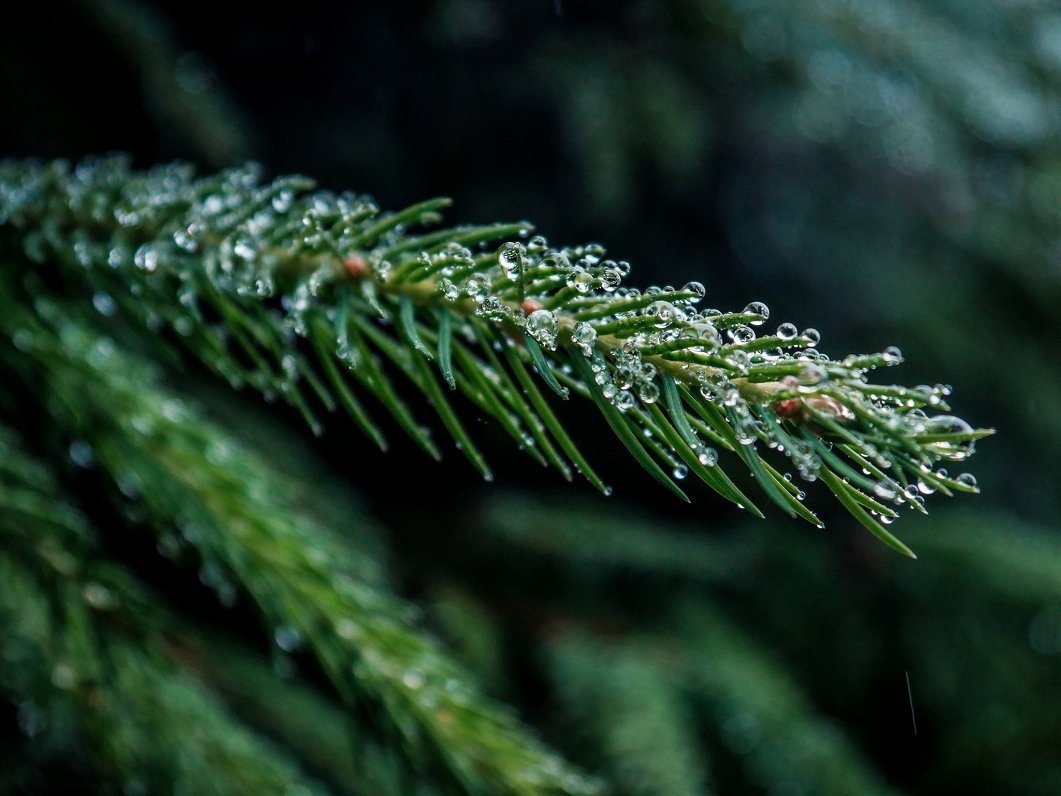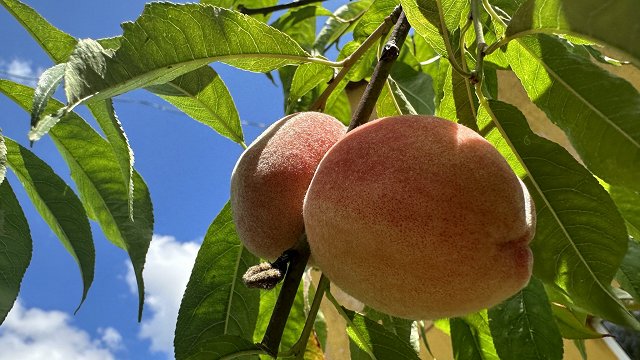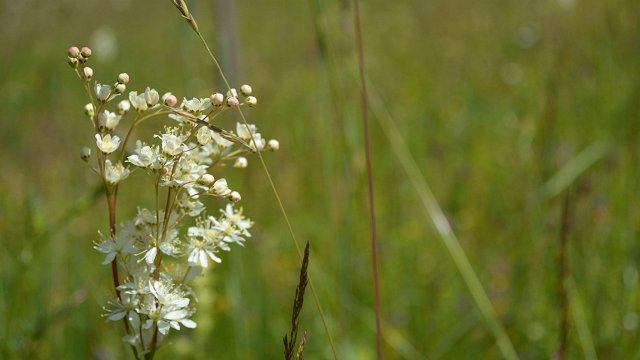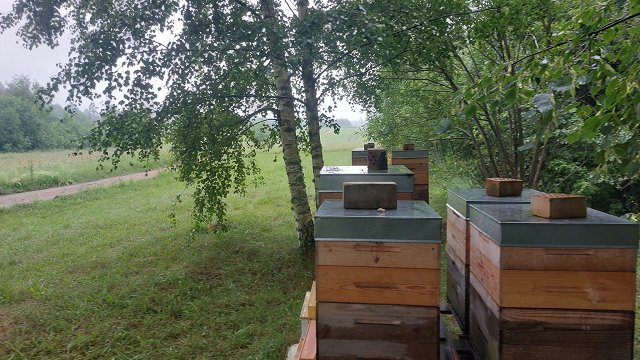Needles have long been known as a cure for cough. However, scientists find more and more uses, for example, needles can also be used as thermal insulation materials for construction.
Research on the chemical composition of needles has been ongoing in Latvia for many years, in the Latvian State Forestry Science Institute Silava. The studies identify the chemical composition of the needles, then find the optimal methods for extraction of the valid substances, study the biological activity of the substances and assess the possibilities of making certain products from the substances in the needles.
Compared to other plant materials, the processing of needles has several advantages, not only that the needles are fresh in any season, but also the substances contained in them stand out with a particularly valuable and abundant bouquet. Researcher Ojārs Polis highlights nine classes of substances, of which carbohydrates, vitamins and minerals form an important part. The needles contain both fat and water-soluble vitamins, particularly vitamin C, as well as vitamin B and other substances needed for cells in the body.
The essential elements that trees take from the environment and use to ensure their own life processes can be used wisely by humans.
Depending on the growth conditions, the mineral content of needles and shoots changes, but the presence of iron, zinc and magnesium is always there. “As any living organism, trees must provide themselves with all the necessary substances to grow, multiply and protect themselves from insects and diseases. Therefore, they produce carbohydrates and other substances from CO2 and water via light energy. They are also needed for humans,” explained Polis.
The needles contain many substances that are essential for the maintenance of human life processes, but they are not balanced, namely some of them, such as cellulose and lignin, are even unnecessary.
“Technology must be economically justified in order to be able to compete with substances derived from other plants and with synthetically obtainable ones. Practice shows that there are many useful, economically and otherwise justified substances in the needles, such as chlorophyll, carotenoids, vitamins, sterols, essential oils and others,” says Polis.
Meanwhile, according to researchers at the Riga Technical University Institute for Environmental Protection and Heat Systems, the needles of coniferous trees have come down as an excellent thermal insulation material. Director of the Institute, Professor Dagnija Blumberga believes that needles cannot only be viewed as a raw material of one particular product. In her opinion, it is a resource to be used broadly, and its capabilities are unlimited.
“It's good to get an extract from the needles, but only to use it in caramels or drinks would be short-sighted. It can be used further for the production of various other means. The by-products resulting from the processing of coniferous trees cannot be forgotten. We use everything that remains behind the felling of trees and their use in the timber industry, both to create thermal insulation materials in construction and to produce thermal insulation packaging materials that are especially suitable for the transport of medicines, for example. The material is light, keeps the temperature needed and is relatively cheap,” explained Blumberga.
The Professor said that the research survey of needles has flourished over the last ten years, and there are countries active in this area, where coniferous trees are widely found in nature. Finland and Norway are particularly distinguished, but ideas from the Netherlands are also becoming increasingly popular.
The professor invites think about the fact that Latvia is rich with local resources to be used: “We don't have fossil resources, but we have local raw materials. It is foolish to chop down trees and send them to other countries where others will produce goods of high added value. This is currently a problem in Latvia. It is important that we are aware of this at national level”.
This story was prepared with the financial support of the Latvian Environmental Protection Fund.





























